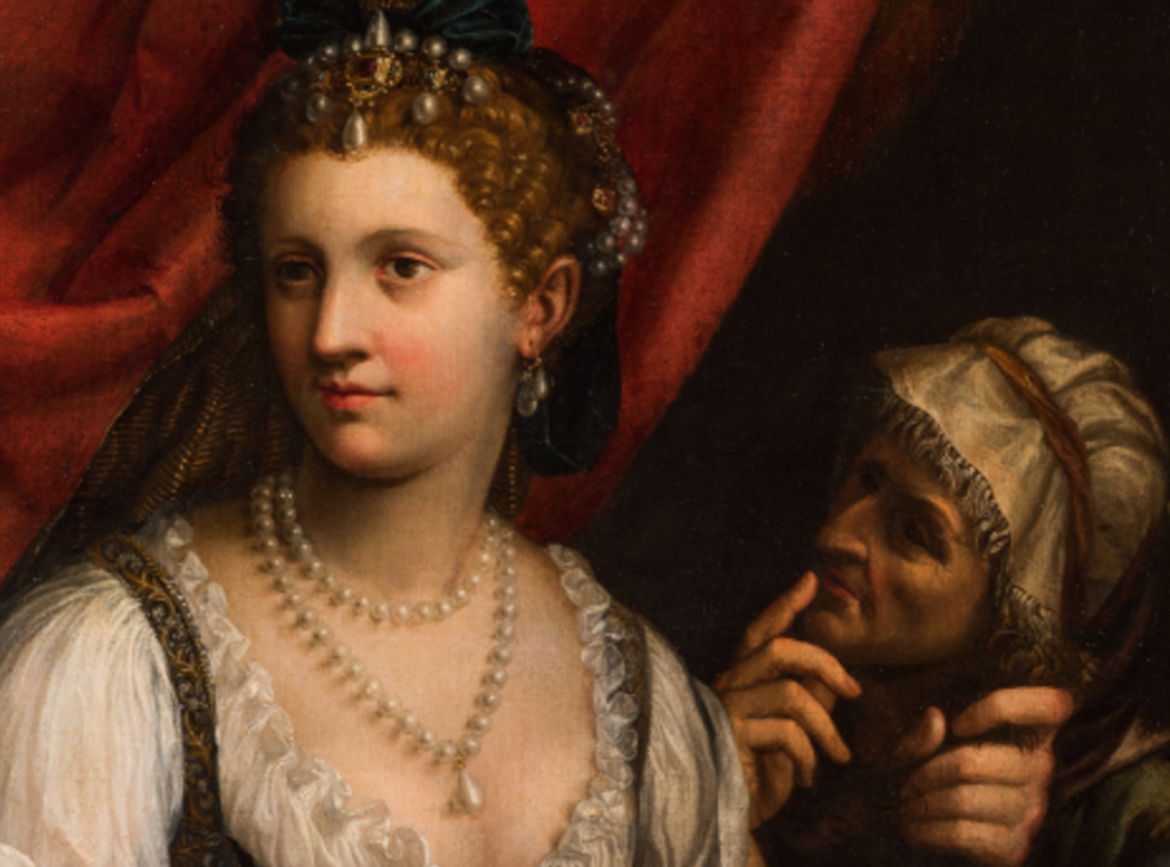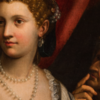Fede Galizia - An Amazon of painting

Fede Galizia - Mirabile pittoressa (An Amazon of painting)
Few female painters have left their mark on the history of art, but between the end of the 16th and mid-17th centuries, a number achieved fame and success.
Along with Anguissola Sofonisba, Lavinia Fontana and Artemisia Gentileschi, another distinguished figure is without doubt the Trento-born Fede Galizia who will be celebrated at Trento’s Castello del Buonconsiglio with a one-woman exhibition from 3 July to 25 October 2020. Documented in Milan from at least 1587, she remained there until her death in 1630. The family must have moved from Trento to Milan following her multi-talented father, Nunzio, also an artist, working in the field of miniatures, costumes, accessories and cartography.
Fede (a significant name for the Europe of the Counter-Reformation) was an extraordinary success among art buyers of the time, to the point where, before 1593, her works reached the imperial court of Rudolf II of Hapsburg, thanks to the mediation of Giuseppe Arcimboldi. Fede Galizia was a portrait and miniature painter, but she also tried her hand at a new genre, still life. After Caravaggio ‘s revolutionary Basket of Fruit belonging to Cardinal Federico Borromeo, Fede Galizia would become one of the most important protagonists of this new way of painting flowers and fruit.
Predominantly but not exclusively Italian studies during the 1900s gave particular prominence to the work of Fede as a painter of still lives at the origins of this successful genre. This would seem an appropriate moment to take a fresh and global look at the work of this artist who painted mainly portraits, but also altarpieces, for anything but local destinations (Montecarlo and Naples for example).
We still have no complete repertory of the numerous literary testimonials celebrating the talents of Fede Galizia in verse or prose to be interwoven with the complete brief documentary to be prepared for the occasion. By presenting the artist’s works and appropriate analogies, the exhibition curated by Giovanni Agosti and Jacopo Stoppa aims to answer the question: why was Fede Galizia so popular? What are the reasons for her success during her lifetime? In this, what weight had the fact that she was a woman? How has appreciation of a work of art changed between the long twilight of the Renaissance and the world of today?
Source: www.buonconsiglio.it
On display are about eighty works including paintings, drawings, engravings, medals and antique books.
In addition to the artworks by Fede Galizia, Plautilla Nelli, Sofonisba Anguissola, Lavinia Fontana and Barbara Longhi, there are also those by Giuseppe Arcimboldi, Bartholomeus Spranger, Giovanni Ambrogio Figino, Jan Brueghel and Daniele Crespi, coming from the most important Italian museums, such as the Pinacoteca di Brera and the Castello Sforzesco in Milan, the Uffizi in Florence, the Accademia Carrara in Bergamo, the Palazzo Rosso in Genoa, the Fondazione Cini in Venice, the Galleria Borghese in Rome, as well as some international loans: from the Muzeum Narodowe in Warsaw, the Ringling Museum of Art in Sarasota, the Palacio Real de la Granja in San Ildefonso, as well as from a number of private collections.




